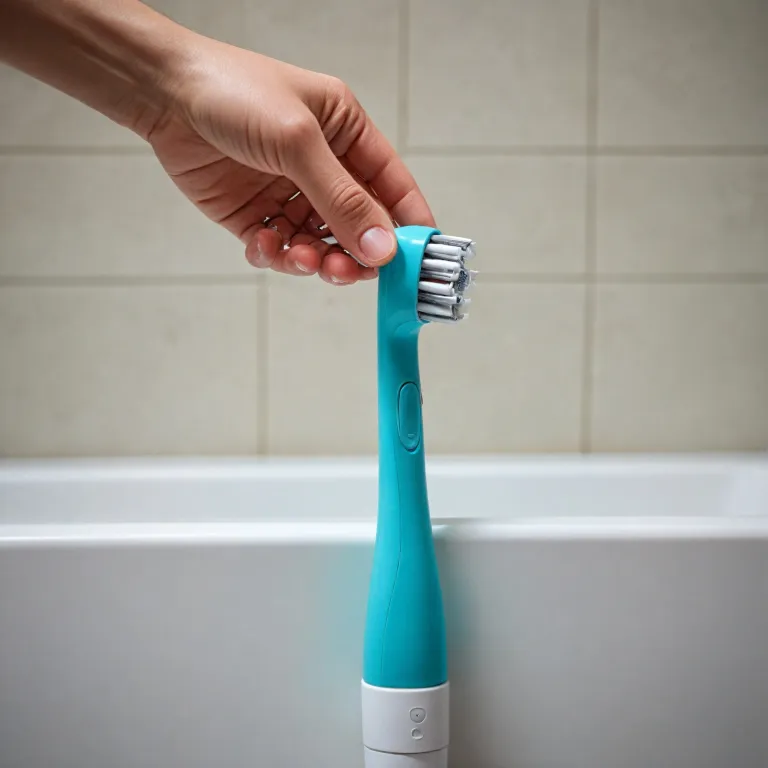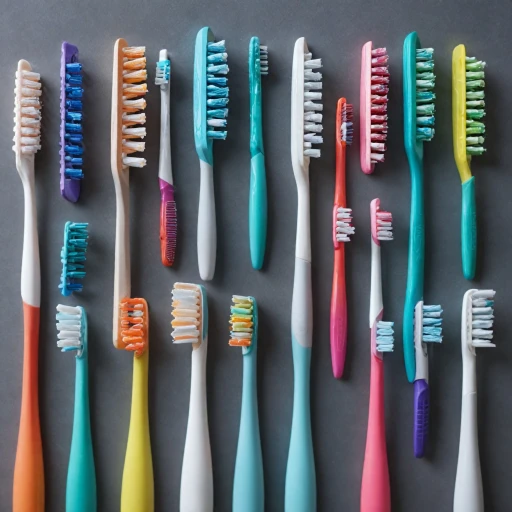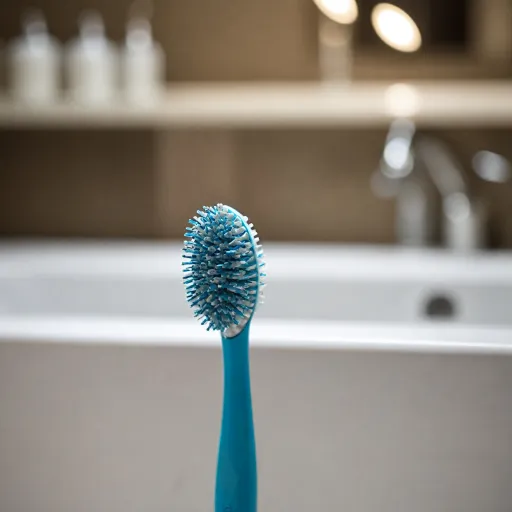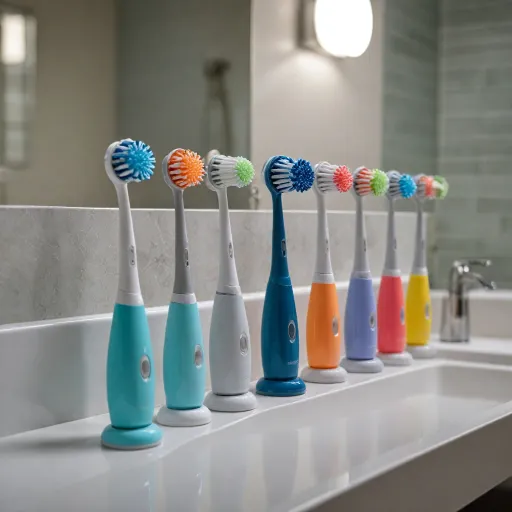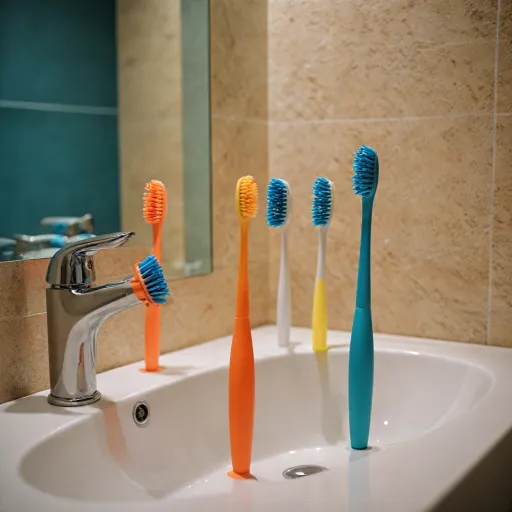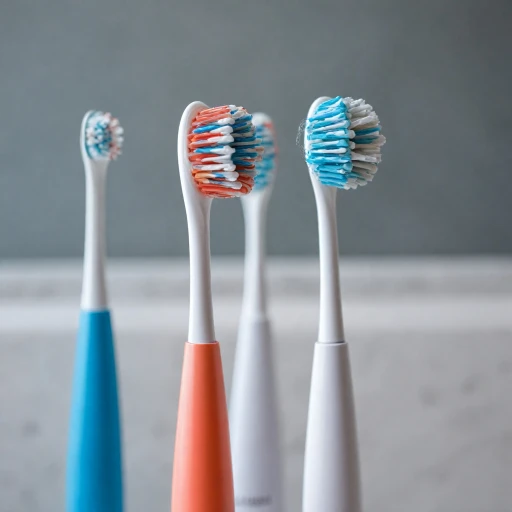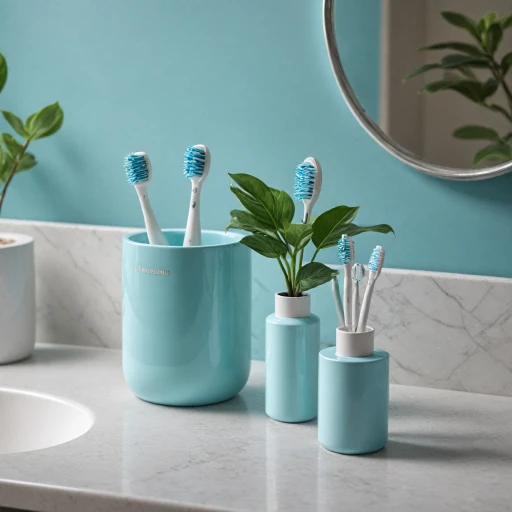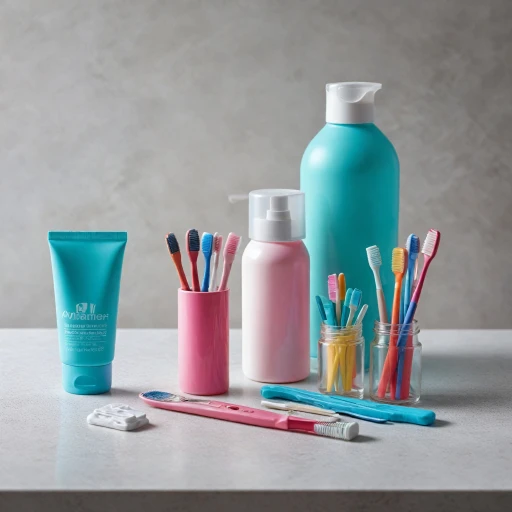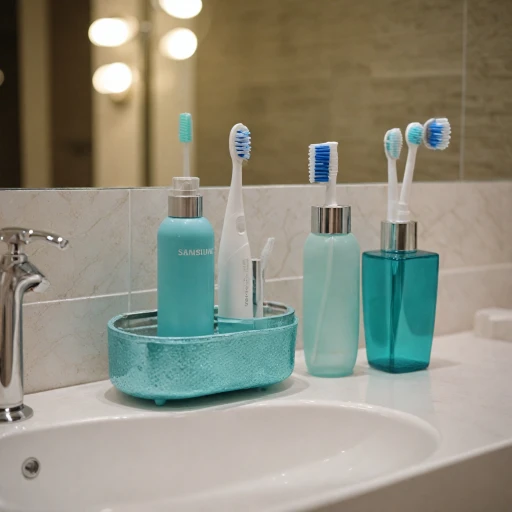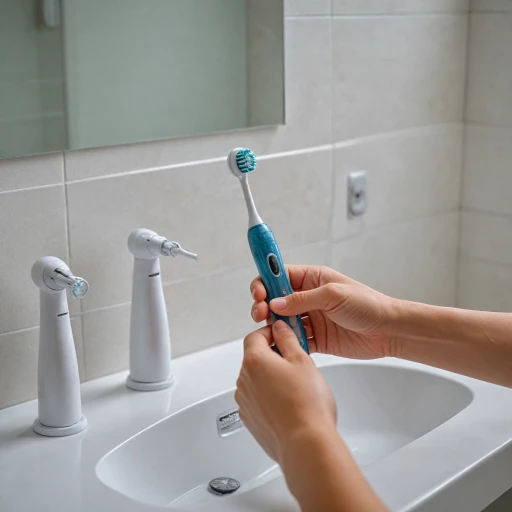
Understanding the Importance of Changing Your Sonicare Toothbrush Head
Maintaining Optimal Oral Health with Fresh Brush Heads
Regularly replacing the head on your Sonicare toothbrush is not just a recommendation by Philips; it's an essential part of maintaining optimal oral hygiene. The bristles of your brush wear down over time, which can significantly reduce the efficiency of your brush. When your brush head becomes frayed, it won't clean your teeth as effectively, leaving plaque behind, and possibly compromising your oral health.
Fresh replacement heads ensure that you're getting the intended benefits from your Sonicare and maintaining the longevity of your product. It's also noteworthy that Philips Sonicare incorporates a reminder feature in some models, which signals when it's time to change your head. The app-linked models even provide a reminder through your mobile device.
For more insights into how replacing your brush heads improves efficacy, you might find this article on the benefits of using Sonicare soft brush heads for your oral health quite enlightening. The key takeaway is that regularly changing your head ensures that your toothbrush continues to provide top performance, which is ultimately crucial for maintaining your dental well-being.
Signs It's Time to Replace Your Sonicare Toothbrush Head
Identifying Visible Signs
It's essential for any consumer to know when their Philips Sonicare toothbrush head needs changing. A noticeable change in performance is often an indicator. If your brush isn't cleaning as effectively as it once did, it might be a sign that the head is worn out and requires a replacement. Worn bristles may appear frayed or bent, reducing effectiveness.Utilizing the Reminder Feature
Many Philips Sonicare models come with a reminder feature designed to notify users when it's time for a replacement. This feature can be supported by your brush's app if applicable, providing a convenient reminder to keep your oral hygiene routine in top condition.Pay Attention to Discoloration
Discoloration on the brush head is another sign that it may be time to replace it. This discoloration can results from prolonged exposure to toothpaste and saliva, indicating that the head is reaching the end of its usability. Incorporating these reminder cues ensures that your Sonicare handle works efficiently, maintaining its top brush performance. Continuing to use a worn head can greatly diminish the effectiveness of your toothbrush. More on selecting the appropriate head type can be found in the guide on choosing the right brush head for your needs.Step-by-Step Guide to Replacing Your Sonicare Toothbrush Head
Steps to Refresh Your Philips Sonicare Experience
To maintain optimal performance and hygiene with your Sonicare toothbrush, replacing the brush head is essential. Here’s a step-by-step guide to help you through the process efficiently.
Preparation and Gathering Tools
Before starting, ensure you have your new Sonicare replacement head on hand. These can be purchased from well-known retailers like Amazon, directly from Philips, or other trusted sellers.
Remove the Old Brush Head
- Begin by turning off your Sonicare toothbrush to prevent any accidental activation.
- Firmly grasp the head, not the handle, and gently twist it to unlock. Lift it off the handle.
- Inspect the connection point on the handle to ensure it’s clean and free from residue.
Attach the New Replacement Head
- Align the replacement brush head with the metal post on the handle.
- Push firmly and twist until you hear a click, indicating it’s securely in place.
- Check for stability by gently pulling the head; it should remain secure without wobbling.
Activate the Reminder Feature
Most Philips Sonicare models come equipped with a brush head reminder feature. Utilize this built-in functionality or connect to the Philips app, offering alerts when it’s time for your next head replacement. This helps support your oral health goals and optimizes product use.
Troubleshooting Common Issues
If the brush head doesn't fit correctly or doesn’t work as expected, double-check that you’ve selected the correct model compatible head. Philips offers a variety of heads to suit different consumer needs, so ensuring compatibility is key. The product manual or the support page often provides quick links for troubleshooting and guidance.
By regularly changing your Sonicare toothbrush head, you enhance the performance and extend the life of your investment. Utilize the available tools and support options to make this process smooth and efficient, ensuring your dental care routine remains top-notch.
Choosing the Right Replacement Head for Your Sonicare Toothbrush
Finding the Perfect Fit for Your Sonicare
Choosing the right replacement head for your Philips Sonicare toothbrush can make a significant difference in your oral hygiene routine. With a variety of options available, it's essential to select a brush head that suits your specific needs and preferences. Here are some factors to consider:
- Compatibility: Ensure that the replacement head is compatible with your Sonicare model. Philips provides a range of heads designed to fit different handles, so check the product description or packaging for compatibility information.
- Brush Head Type: Sonicare offers various types of brush heads, such as those for plaque control, gum care, and whitening. Consider what you want to achieve with your brushing routine and select a head that aligns with those goals.
- Consumer Reviews: Reading reviews on platforms like Amazon can provide insights into the performance and durability of different brush heads. Look for feedback from other consumers who have used the same model.
- Reminder Feature: Some Sonicare heads come with a reminder feature that indicates when it's time for a replacement. This can be a helpful tool to ensure you're changing your brush head at the right intervals.
- Price and Availability: Compare prices across different retailers and consider purchasing in bulk if you find a good deal. This can be more economical in the long run.
By taking these factors into account, you can make an informed decision that supports your oral health and enhances the effectiveness of your Sonicare toothbrush. Remember, regularly changing your brush head is crucial for maintaining optimal performance and hygiene.
Benefits of Regularly Changing Your Sonicare Toothbrush Head
The Advantages of Keeping Your Sonicare Toothbrush in Top Form
Regular head replacement is crucial for maintaining the effectiveness and hygiene of your Philips Sonicare toothbrush. By swapping out your old brush head for a new one, you ensure that your daily brushing routine continues to be efficient and beneficial. Let's dive into the key advantages:
- Optimal Performance: Old brush heads, especially those from renowned brands like Philips, can become worn out over time, leading to less effective cleaning. A new head ensures powerful and consistent performance with each use.
- Hygiene and Health: Accumulation of bacteria on an old brush head can be a concern. Frequent replacement ensures that your brush maintains its hygiene, helping to promote better oral health.
- Improved Gum Care: Newer brush heads are gentle on the gums, reducing the risk of irritation and bleeding. This is particularly important for sensitive gums.
- Maximized Features: Many heads come with a reminder feature that signals when it's time for replacement. Staying on schedule maximizes the features built into your Sonicare toothbrush model.
By integrating these practices into your brushing routine, you not only extend the life of your toothbrush but also enhance your overall oral health experience with Philips' trusted products.
Common Mistakes to Avoid When Changing Your Sonicare Toothbrush Head
Avoiding Common Missteps During Toothbrush Head Replacement
Replacing the head on your Philips Sonicare toothbrush might seem straightforward, but there are some common mistakes that can occur during this process. To ensure optimum performance and longevity of your device, it's essential to steer clear of these pitfalls:- Incorrect Head Attachment: Ensure that the new replacement head is compatible with your specific Sonicare model. Firmly securing the head until it clicks into place guarantees that the brush functions properly without any detrimental impact on the handle.
- Skipping the Reminder Feature: Many Sonicare products come with a built-in reminder feature that alerts you when it's time for a head replacement. Ignoring this reminder or disabling it can lead to ineffective brushing and poor oral health outcomes.
- Neglecting to Purchase Genuine Heads: To maintain the product's efficacy, always opt for authentic Philips Sonicare replacement heads. Third-party brush heads available on various platforms such as Amazon may not be designed to support the specific functionality of your Sonicare toothbrush, risking diminished brush performance or even damage.
- Failing to Clean the New Head Before Use: Before using the new brush head, rinse it thoroughly under warm water to remove any potential manufacturing residue that might affect its performance—or worse, your oral health.
- Ignoring Manufacturer’s Guidelines: Always follow the set instructions in the product manual or on the Philips support website. Each model may have specific guidelines that are essential for proper head replacement and ensuring the handle is properly aligned with the new head.
